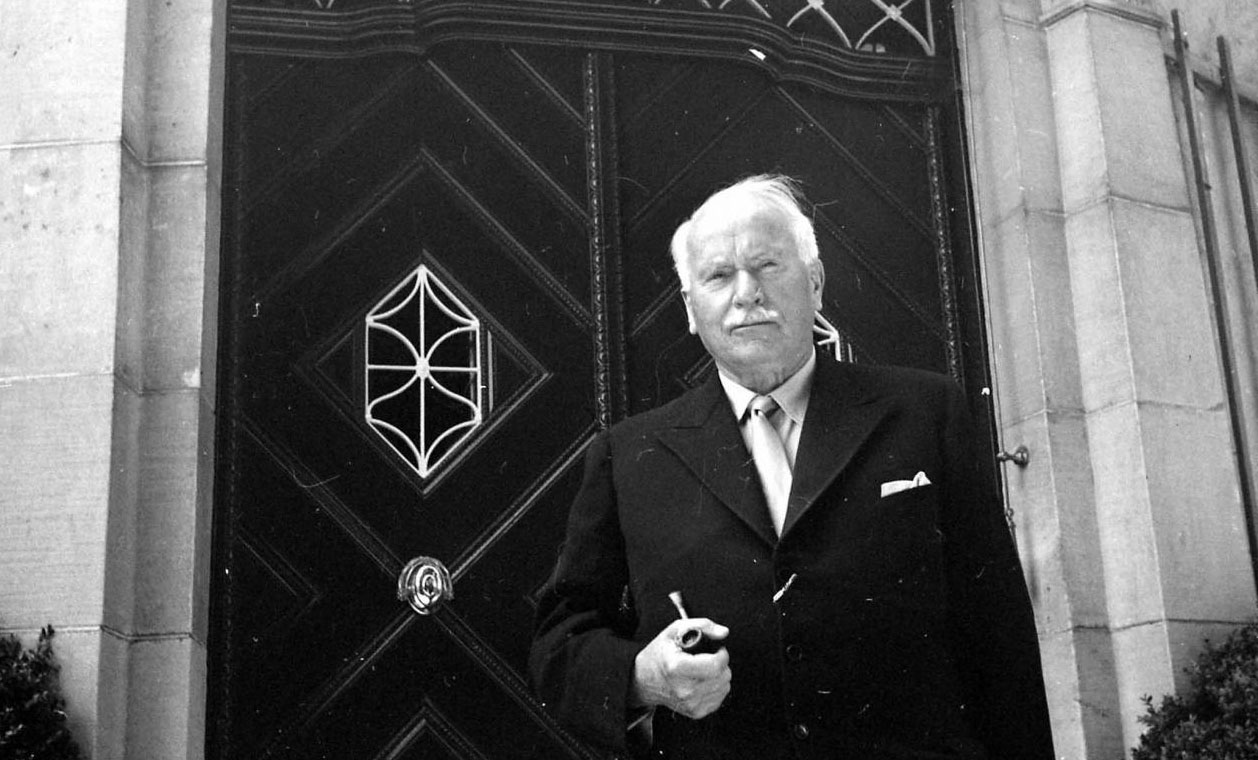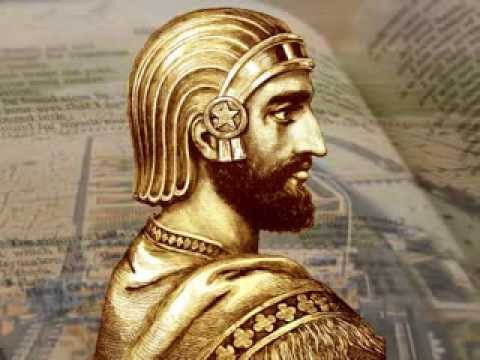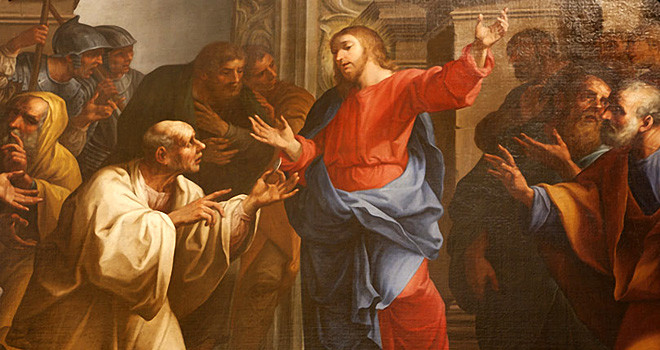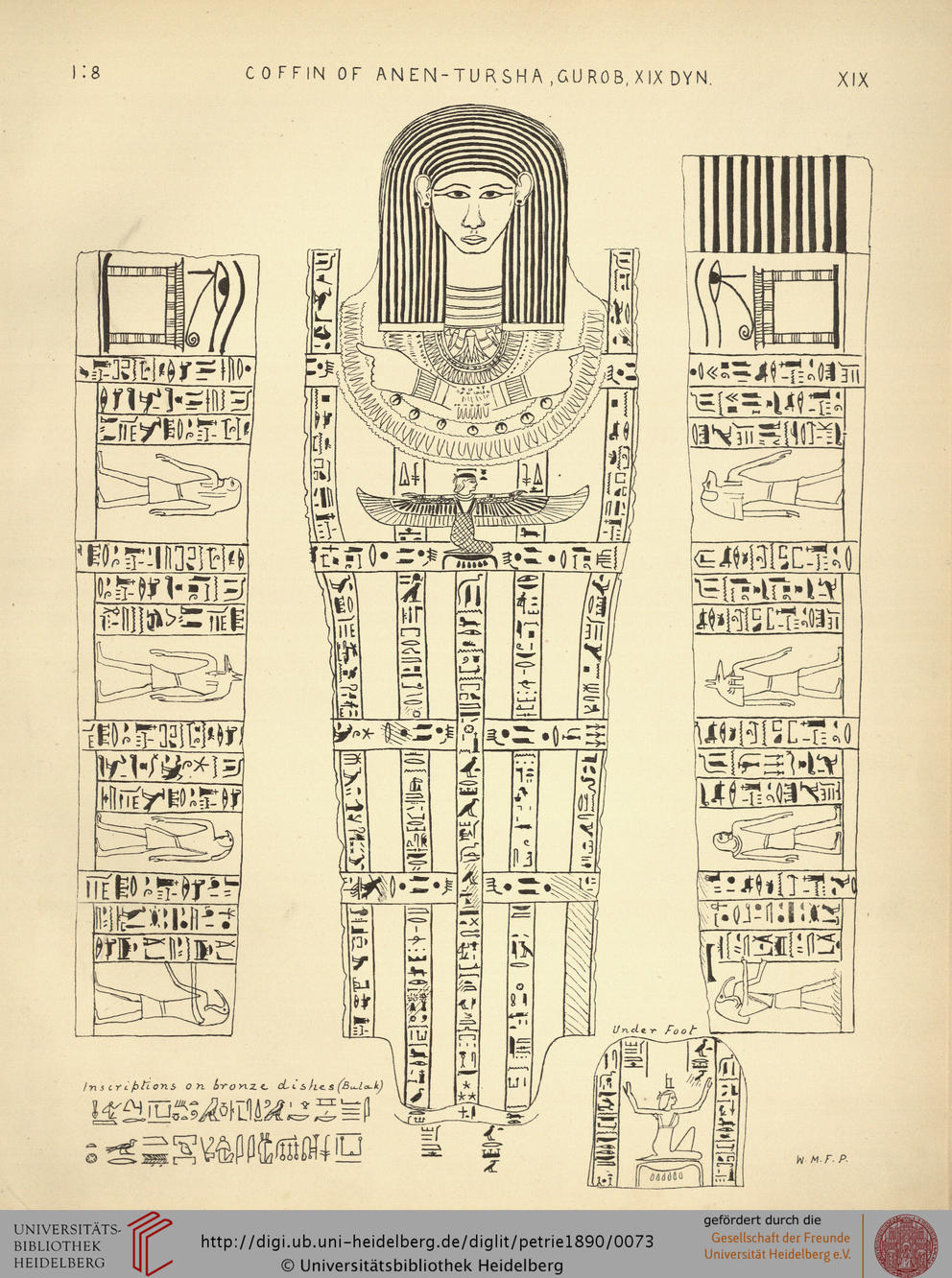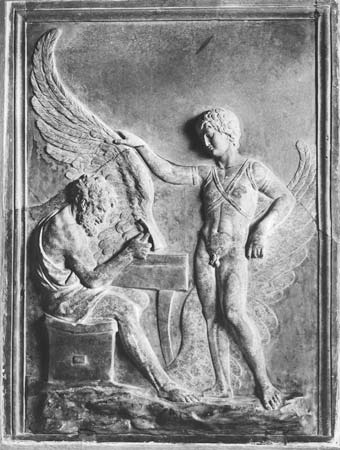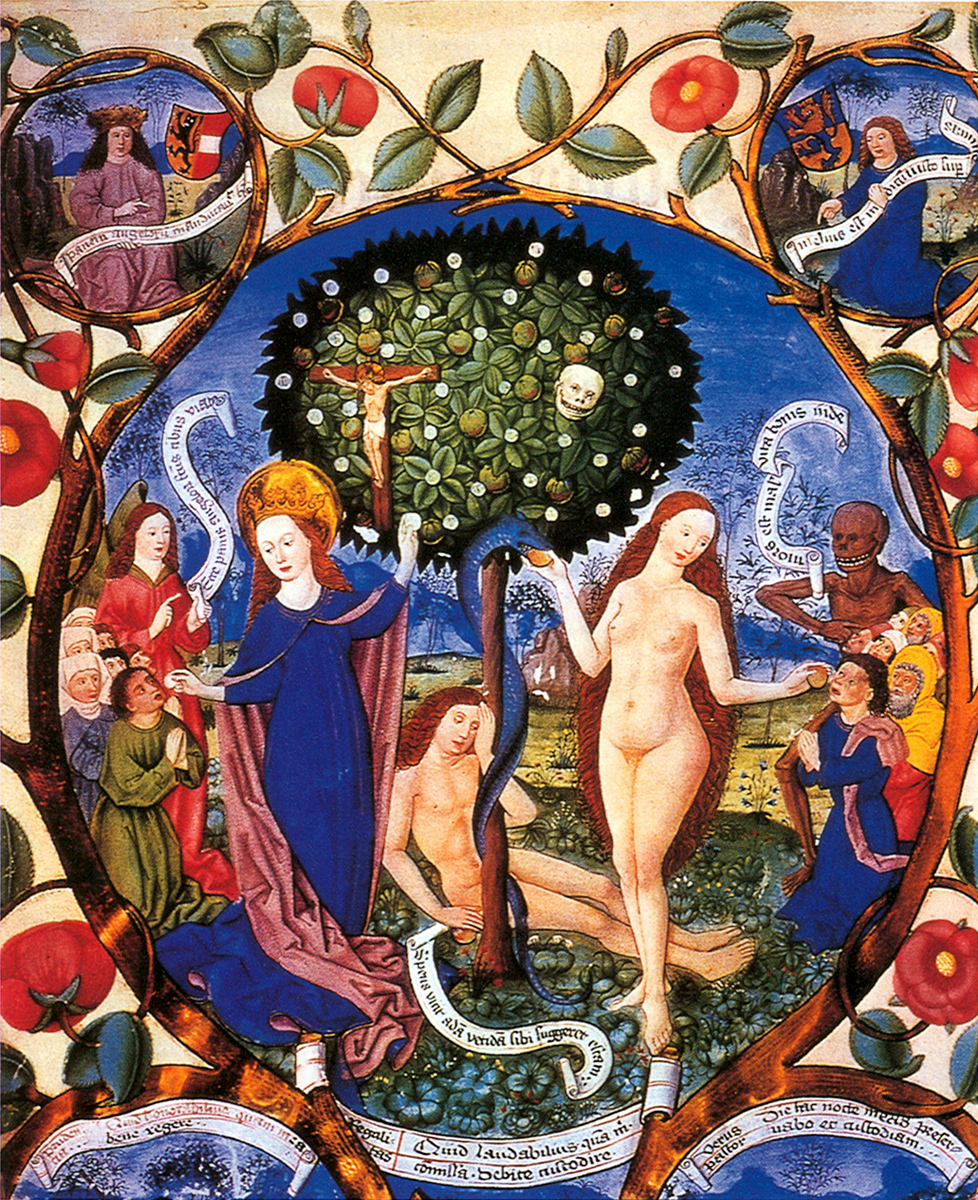The city where the cornerstone of the modern world had been formed is an ancient place known by the names Gebal, Gabala, Gubla, Giblim, Gibili, Gibyle, Givlim, Gebalene, Idumea, Judea and by the Arabs as Jebeil, Jebilee, Jubal and the Byblus/Byblos of the Greeks. Words that can be used interchangeably for they have the same meaning.
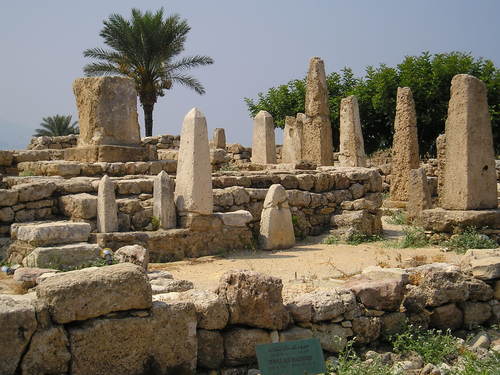
According to Philo who was employed by Rome as one of the conservators of the most ancient Phoenician historian and priest of Byblos, Sanchuniathon or Sanchoniatho (Phoenician: 𐤎𐤊𐤍𐤉𐤕𐤍), it was the first city of the Phoenicians and is also considered as the world’s “oldest continuously inhabited city.”
In the Bible, (Psalm lxxxiii. 7), Gebal (AKA Byblos) is the name given to a district of country lying on the south of Canaan, within the territories of Edom; the inhabitants of which formed an alliance with the neighboring nations against Jehoshaphat, king of Judah. The ancients of Gebal were occupied in making and repairing the Tyrian ships, Ezek. xxvii, 9.
Father of Church History and Bishop of Caesarea, Eusebius writing in the first half of the fourth century had used Gebalene for Gebal and said that Gebalene and the Idumea of the Old Testament were synonymous and Latin Catholic Historian Jerome had confirmed the same.
An ancient town where the Bible had originated and the location of the Masons’ first working tools and where Freemasons trace the origins of their heritage.
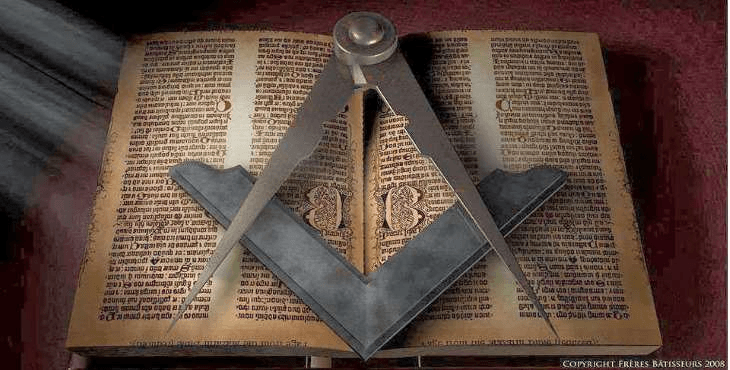
One of Freemasonry’s most esteemed people, King Hiram (Ahirom, Ahiram, Amram) was a ruler of Byblos. Physical evidence of his true existence was uncovered in 1923 when his stone Sarcophagus with the world’s oldest curse was actually discovered for a total of nine tombs belonging to the Phoenician kings were discovered in Byblos.
The exact place where King Solomon’s and Hiram’s builders, along with others from Gebal, shaped them, and prepared the wood and stones for building the house.
Evidence of this history can be found in various Bible passages that mention Gebal of the Bible such as in Ezekiel 27:9 – inhabited by seamen and calkers. Its inhabitants are called Giblim who are also known as the Giblites or, in Masonic language, Giblemites, and are said to have been distinguished for the art of stone-carving in the First Book of Kings which is translated from a Phoenician shipbuilding town; or stone-squarers. Josh. 13:5, 1 Kings 5:18 (32).
This is why 33rd Degree Freemason and author, Albert Gallatin Mackey says that Giblim is “A significant word in Freemasonry” in which the Geneva Bible translates Giblim or Giblimites as Masons.
Mackey had written in “Encyclopedia Of Freemasonry And Its Kindred Sciences“;
It is the plural of the noun Gibli, the g pronounced hard, and means, according to the idiom of the Hebrew, Giblites, or inhabitants of the city of Gebal.
The Giblim, or Giblites, are mentioned in Scripture as assisting Solomon’s and Hiram’s builders to prepare the trees and the stones for building the Temple, and from this passage, it is evident that they were clever artificers.
The passage is in First Kings (v, 18) and, in our common version, is as follows: “And Solomon’s builders and Hiram’ s builders did hew them, and the stone-squarers; so they prepared timber and stones to build the house,” where the word translated in the authorized version by stone-squarers is, in the original, Gblim.
It is so also in that translation known as the Bishop’s Bible. The Geneva version has Masons.
The French version of Martin has tailleurs de pierres following the English meaning; but Luther, in his German version retains the original word Giblim (see Ghiblim).
It is probable that the English translation followed the Jewish Targum, which has a word of similar import in this passage. The error has, however, assumed importance in the Masonic instructions, where Giblim is supposed to be synonymous with a Freemason. And Sir Wm.
Mackay concludes, “Drummond confirms this by saying in his origins (volume iii, book v, chapter iv, page 129) that ” the Gibalim were Master Masons who put the finishing hand to King Solomon’s Temple (see Gebal).”
This history is also part of the 5th Degree of Freemasonry. In Duncan’s Ritual of Freemasonry, it states that “the Phoenician word “gibal,” which makes “giblim” in the plural, signifies a mason or stone squarer.”
191:1 The Giblemites, or, as they are called in Scripture, the Giblim, were inhabitants of the city and district of Gebal, in Phoenicia, near Mount Lebanon, and were. therefore, under the dominion of the King of Tyre. The Phoenician word “gibal,” which makes “giblim” in the plural, signifies a mason or stone squarer.
In the Second Book of Kings, v. 17, 18, we read that “the King commanded, and they brought great stones, costly stones, and hewed stones, to lay the foundation of the house. And Solomon’s builders and Hiram’s builders did hew them, and the stone squarers” which last word is, in the original, giblim.
Gesenius says that the inhabitants of Gebal were seamen and builders, and Sir William Drummond asserts that “the Gibalim were Master Masons, who put the finishing hand to Solomon’s Temple.”
In this sense, the word is also used in the Book of Constitutions, which records that John de Spoulee, who, as one of the deputies of Edward III., assisted in rebuilding Windsor Castle, was called the “Master of the Ghiblim.”
It concludes, “The Giblim, or the Giblimites, were, therefore, stone-squarers or Master Masons.-Book of the Chapter, p. 56.”
Therefore, it makes perfect sense that in order to honor our Masonic ancestors from the Phoenician city of Gebal or Byblos, the 3 Great Lights (Symbols) of Masonry are the Holy Bible, the Square, and Compass and the main letter a G.

Moe is the founder of GnosticWarrior.com. He is a father, husband, author, martial arts black belt, and an expert in Gnosticism, the occult, and esotericism.

